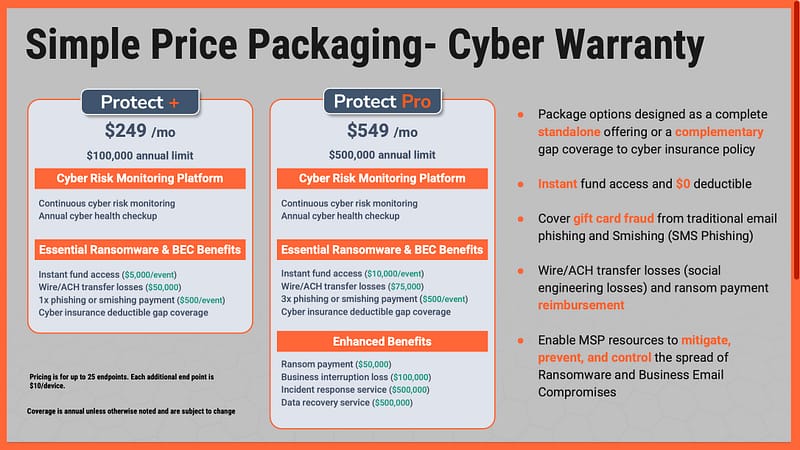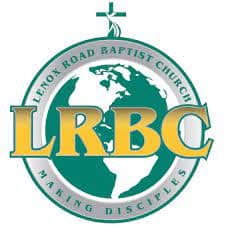What is it about cloud computing that is so desirable? It seems as if you cannot go one day without hearing about cloud computing, so what is the hype all about, and how do you know if it is good for your business? Whether you are a small startup or a massive corporate operation, cloud computing can save you some serious cash.
Cloud computing is an Internet-based computing model for enabling convenient, on-demand network access to a shared pool of configurable computing resources (e.g. networks, servers, storage, applications, and services) that can be rapidly provisioned and released with minimal management effort or service provider interaction. As long as your Internet connection is up and running, you can use public (e.g. GDrive) or private cloud services (e.g. company servers) even without the software installed on your computer.
Primarily No Physical and Local Storage
Cloud computing is basically delivering information and services over the Internet. In more layman terms, when you use a cloud service like Dropbox, for example, your files are being temporarily stored on servers connected to the Internet.
To a computer that is connected to the Internet — and beyond it — your files aren’t located at a single physical location. They’re spread out over a series of servers accessed through the connection to the internet. The exception, however, is when you use a hybrid cloud and on-premise server systems.
The Use of Remote Servers via the Internet
Cloud computing is the use of remote servers via the internet; they store, manage and process information and data collected and saved by the business. It is a term for computing services where the software and storage are run from a remote data center.
Instead of backing up files on disks, a computer’s hard drive, or a device, information is stored on remote servers that can be accessed from multiple devices, regardless of the operating system. The information stored is off-site and encrypted to maximum safety and security.
On-Demand Network Access
Cloud computing is a model for enabling ubiquitous, convenient, on-demand network access to a shared pool of configurable computing resources (e.g., networks, servers, storage, applications, and services) that can be rapidly provisioned and released with minimal management effort or service provider interaction.
Saving information on a local hard drive is great if you only ever need to access the data from one location and with the same device, but businesses are expanding beyond the desk and taking operations on the road; that is where cloud computing comes in.
Essentially Renting Another Server
The main idea behind cloud computing is that you can use other people’s computers. This is not news: you’ve been using other people’s computers for years, in the form of web servers, and email servers, and so on.
People are starting to use other people’s computers to do software development as well as run programs. This isn’t just a matter of renting time on someone else’s server; it involves renting complete virtual servers and networks of servers (in the cloud) and then installing your own software on them.
It has become possible to rent out very large amounts of virtual hardware from Amazon and others. This makes it possible for startups to do things like buying a thousand computers for 24 hours just to run some specific batch job.
Virtualized "As-a-Service" Resource
Cloud computing is a style of computing in which dynamically scalable and often virtualized resources are provided as a service over the Internet. Cloud computing services models are Software as a Service (SaaS), Platform as a Service (PaaS), and Infrastructure as a Service (IaaS).
SaaS
Software as a Service allows users to access software applications, databases, storage, and other services from their Internet-connected devices through the Internet.
PaaS
Platform as a Service provides users with an underlying platform or infrastructure to build their own software or applications.
IaaS
Infrastructure as a Service offers computing services such as servers, storage, networks, and other resources where the user can deploy either their own or pre-packaged software applications onto the cloud infrastructure. Cloud deployment models include private cloud, community cloud, public cloud, and hybrid cloud hosting.
An Economy of Scale like Public Utility
Cloud computing relies on sharing of resources to achieve coherence and economies of scale, similar to a public utility. The metaphor of the “cloud” likens Internet-based systems to electronic delivery systems.
The development of cloud computing is also influenced by the rise of mobile and ubiquitous computing and the need to in-source hardware and infrastructure. In this model, it is possible to access very high performances systems from any place using any device.
In the “Cloud” model, an enterprise will move from ownership of hardware and software assets to a service-based model based on highly scalable and more flexible computing resources. Cloud computing allows companies to get the benefits of fast elastic scalability, while it can also help them reduce IT costs by taking advantage of the economies of scale of public computing.
At its core, cloud computing is a new business model for enabling organizations to get easy access to scalable IT resources on demand.















